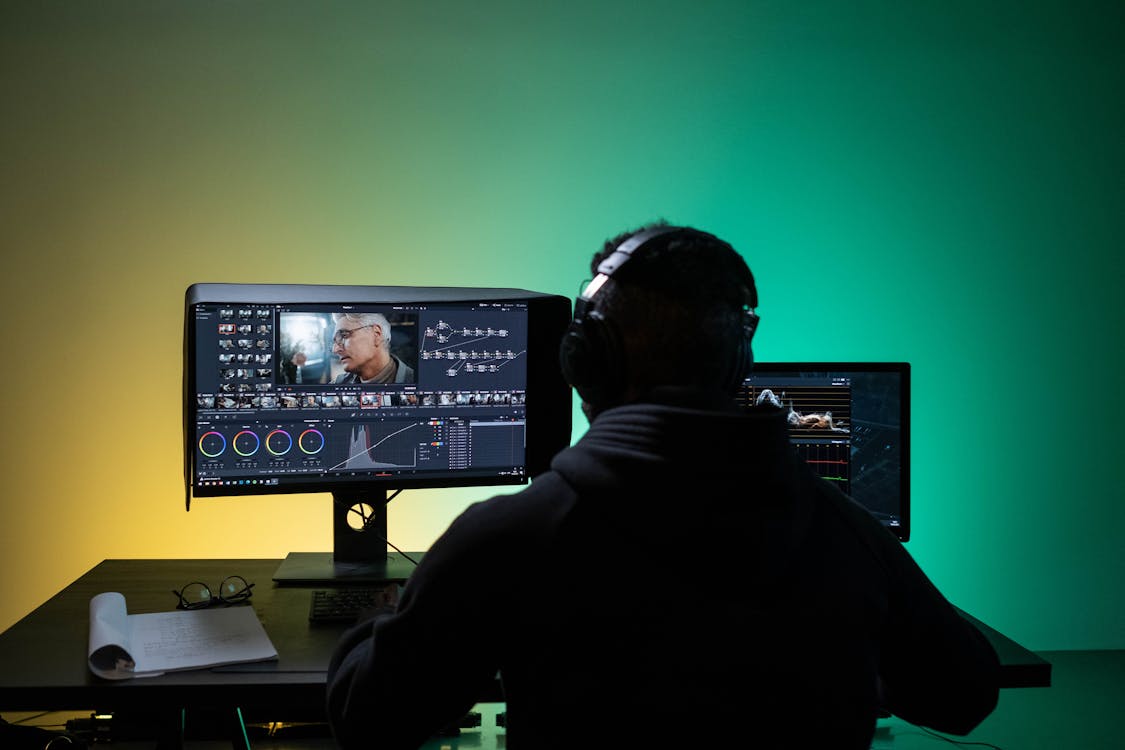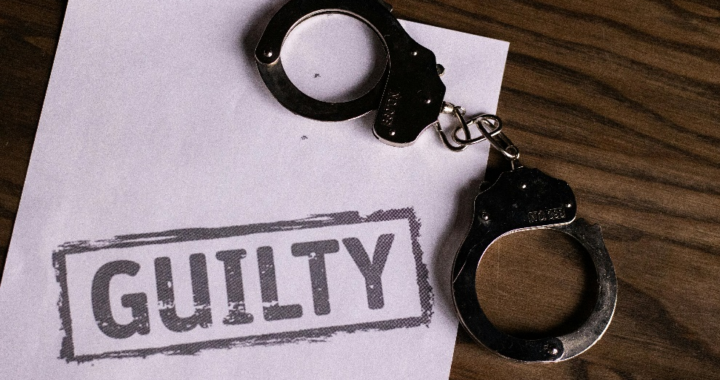Digital forensics plays a crucial role in modern investigations, helping law enforcement and legal professionals uncover digital evidence that can make or break a case. However, forensic analysis is not infallible. Mistakes in interpretation, flawed methodologies, and a lack of proper verification can lead to devastating consequences. Misinterpreted evidence has resulted in wrongful convictions, dismissed cases, and damaged reputations. This blog explores real-world cases of digital forensic errors, the role of a digital forensic consultant, and how services like audio authentication services and expert witness testimony can help prevent such errors.
The High Stakes of Digital Forensics
Digital evidence, such as emails, call logs, metadata, and audio recordings, is often seen as highly reliable. However, errors can occur at multiple stages, from data collection to analysis and courtroom presentation. These mistakes can arise due to:
- Lack of expertise: Investigators may lack proper training in digital forensics.
- Flawed methodologies: Using incorrect forensic tools or failing to validate findings.
- Bias in interpretation: Investigators may misread evidence to fit preconceived theories.
- Poor chain of custody: Mishandling evidence can compromise its integrity.
When forensic experts misinterpret digital evidence, the results can be catastrophic. Let’s examine some well-known cases where digital forensic failures had real-world consequences.
Case 1: The Wrongful Conviction of David Camm
David Camm, a former Indiana state trooper, was convicted twice for the murder of his wife and two children based partly on digital forensic evidence. A key piece of evidence was bloodstain pattern analysis found on his clothing, combined with a timeline derived from phone call logs and email metadata. However, forensic experts later determined that the analysis was flawed, and the prosecution misinterpreted the digital timestamps.
A digital forensic consultant reviewed the case, pointing out inconsistencies in how the data was presented. Eventually, new evidence exonerated Camm, highlighting the dangers of drawing conclusions from improperly analyzed forensic data.

Case 2: The Amanda Knox Case – Digital Forensics Gone Wrong
Amanda Knox was accused of murdering her roommate in Italy in 2007. A key part of the prosecution’s argument revolved around her phone activity and internet browsing history. Initially, forensic experts testified that she had been using her phone and laptop at critical times, suggesting she was awake and active when the crime occurred.
However, upon closer examination by independent forensic analysts, it was revealed that the forensic tools used had failed to properly interpret Knox’s phone records. In reality, the timestamps did not correlate with actual usage, and the data had been misread.
This case underscores the need for expert digital forensic consultants who can validate findings before they are presented as fact in court.
Case 3: The FBI’s Misuse of Audio Evidence
In some cases, audio authentication services have played a role in debunking forensic misinterpretations. One such case involved the FBI’s reliance on voice analysis technology in a high-profile criminal investigation. The prosecution used flawed forensic techniques to claim that a suspect’s voice matched an incriminating recording.
Later, independent audio authentication services determined that the analysis was unreliable due to poor-quality audio and incorrect assumptions about voice matching. The suspect was ultimately acquitted, proving that improperly handled digital forensic evidence can lead to wrongful convictions.
The Importance of Expert Witness Testimony
When digital forensic evidence is presented in court, it must be analyzed and explained correctly. This is where expert witness testimony becomes invaluable. A qualified expert can:
- Challenge flawed forensic methods: Exposing errors in digital evidence interpretation.
- Verify the integrity of evidence: Ensuring that data has not been manipulated or misrepresented.
- Explain findings to the jury: Making complex forensic data understandable.
In several cases, expert testimony has helped overturn wrongful convictions by highlighting misinterpreted forensic evidence.
The Role of Digital Forensic Consultants
A digital forensic consultant plays a vital role in ensuring the accuracy of digital evidence. These professionals work with attorneys, businesses, and individuals to:
- Conduct independent forensic analysis.
- Verify whether digital evidence was obtained legally.
- Challenge forensic errors in court.
- Provide expert opinions on complex digital forensic matters.
Having a digital forensic consultant review evidence before trial can prevent costly mistakes and ensure justice is served.

The Challenges of Interpreting Digital Evidence
Unlike physical evidence, digital data is highly complex and can be easily manipulated or misread. Investigators must navigate various challenges, including:
- Metadata Misinterpretation: Metadata can provide crucial context, such as timestamps and file origins. However, improper software tools or incorrect assumptions can lead to misleading conclusions.
- Data Fragmentation: Files that are deleted or partially recovered can create incomplete pictures, leading to speculation rather than factual conclusions.
- Encrypted and Compressed Data: Many modern communication tools use encryption, making it difficult to extract definitive evidence without advanced forensic techniques.
- Hardware and Software Compatibility Issues: Differences in operating systems, software updates, and proprietary formats can lead to misinterpreted forensic results.
These challenges underscore the need for digital forensic professionals who can apply the correct methodologies and avoid common errors.
Case 4: The “Phantom” IP Address – A Cybercrime Gone Wrong
In one case, law enforcement arrested an individual based on an IP address linked to cybercrime activities. Investigators relied solely on digital logs that placed the suspect at the scene of the cyberattack. However, a digital forensic consultant later discovered that the IP address had been spoofed, meaning it was not actually connected to the accused’s device.
This case highlights the dangers of relying on circumstantial digital evidence without thorough validation. Cybercriminals often use VPNs, proxies, and spoofing techniques to mask their real locations, making IP addresses alone an unreliable form of forensic evidence.
The Importance of Proper Chain of Custody in Digital Forensics
The chain of custody refers to the process of documenting the handling, transfer, and storage of digital evidence. Any break in this chain can compromise the validity of the evidence. Common chain of custody failures include:

- Unsecured Storage: Digital evidence must be stored in forensically sound environments to prevent tampering or corruption.
- Inconsistent Documentation: Every action taken on a piece of digital evidence should be recorded. Failing to do so can make it inadmissible in court.
- Lack of Verification: Before presenting evidence, forensic analysts must validate the data to confirm its accuracy.
A compromised chain of custody can result in wrongful convictions or case dismissals due to unreliable evidence.
Case 5: Flawed Audio Authentication in a High-Profile Trial
In a well-known legal case, an audio recording was presented as key evidence against a defendant. Prosecutors claimed that the recording contained incriminating statements. However, independent audio authentication services later determined that the recording had been edited, with spliced segments creating misleading context.
The case was dismissed after forensic experts demonstrated that the original audio had been manipulated. This highlights the importance of validating digital audio evidence before using it in legal proceedings.
How Digital Forensic Consultants Prevent Errors
A digital forensic consultant is essential for ensuring accuracy in investigations. Their role includes:
- Using Advanced Forensic Tools: Consultants rely on specialized software and methodologies to analyze data accurately.
- Conducting Independent Reviews: They cross-check findings to prevent misinterpretations.
- Providing Expert Witness Testimony: If forensic errors are identified, consultants can testify in court to explain inaccuracies.
- Identifying Fabricated or Tampered Evidence: Experts use forensic techniques to detect manipulated images, emails, and audio files.
Without forensic consultants, many misinterpretations of evidence would go unchallenged, leading to severe legal consequences. By learning from past mistakes and adopting rigorous forensic standards, we can prevent future injustices and uphold the integrity of digital investigations.

At Eclipse Forensics, we specialize in uncovering the truth through expert digital forensic consulting, ensuring that misinterpreted evidence doesn’t lead to wrongful outcomes. Our team provides audio authentication services to detect tampering, verify recordings, and present accurate findings in court. With trusted expert witness testimony, we help attorneys, law enforcement, and private clients navigate complex digital investigations. Don’t let forensic errors compromise your case—contact Eclipse Forensics today for precise, reliable forensic analysis.

